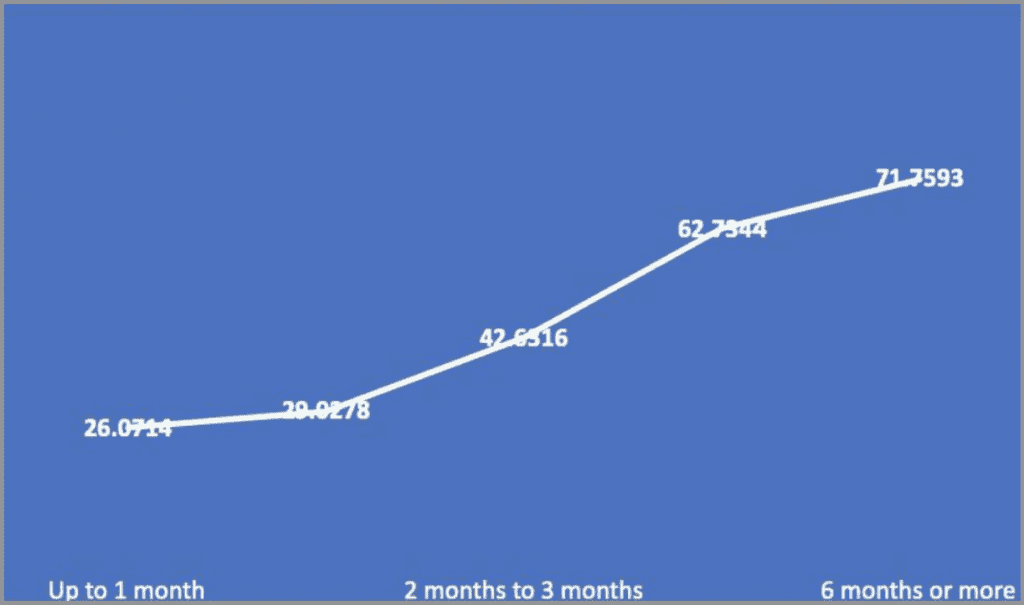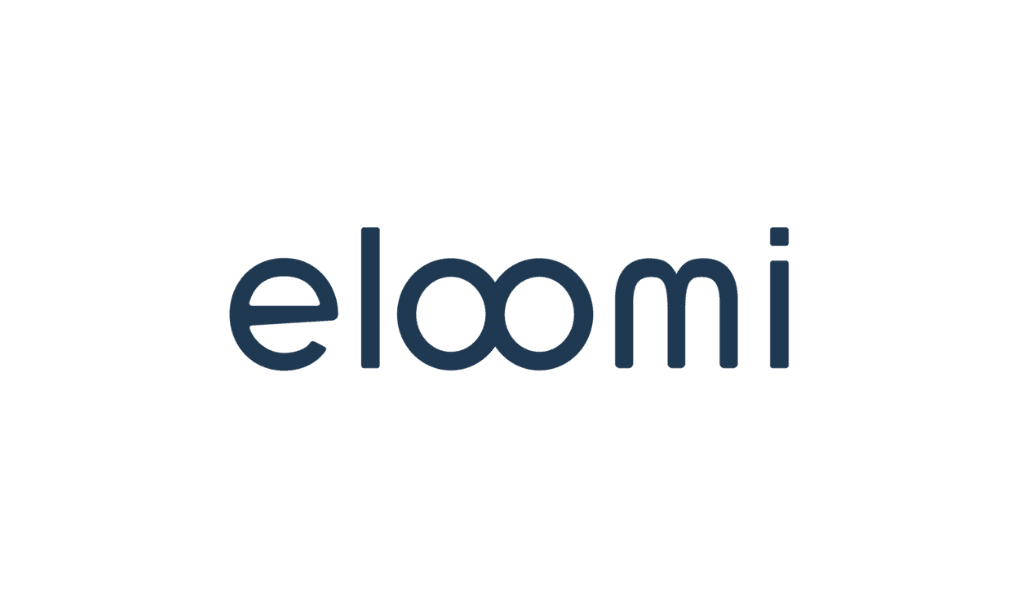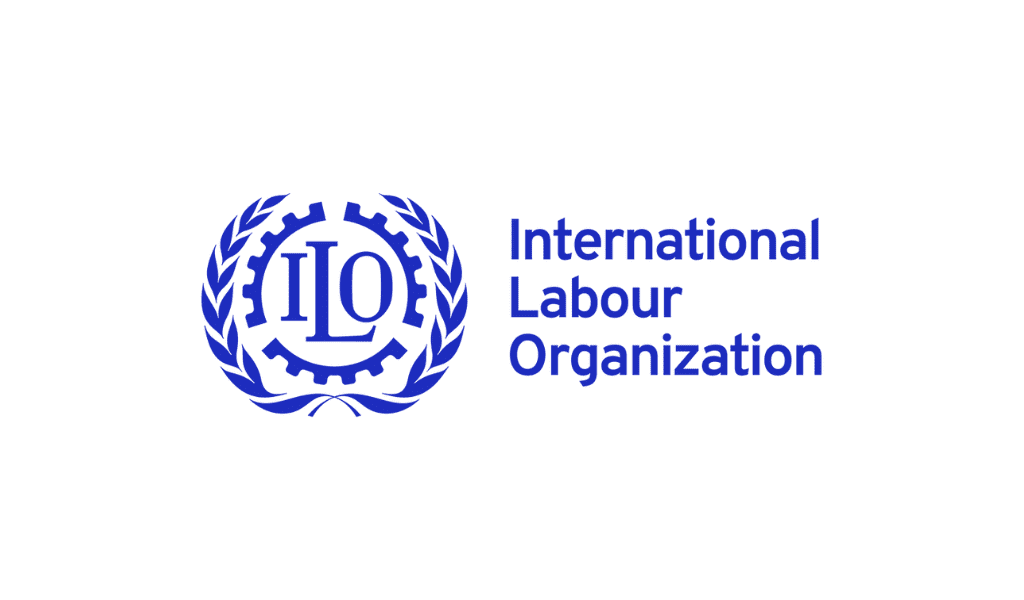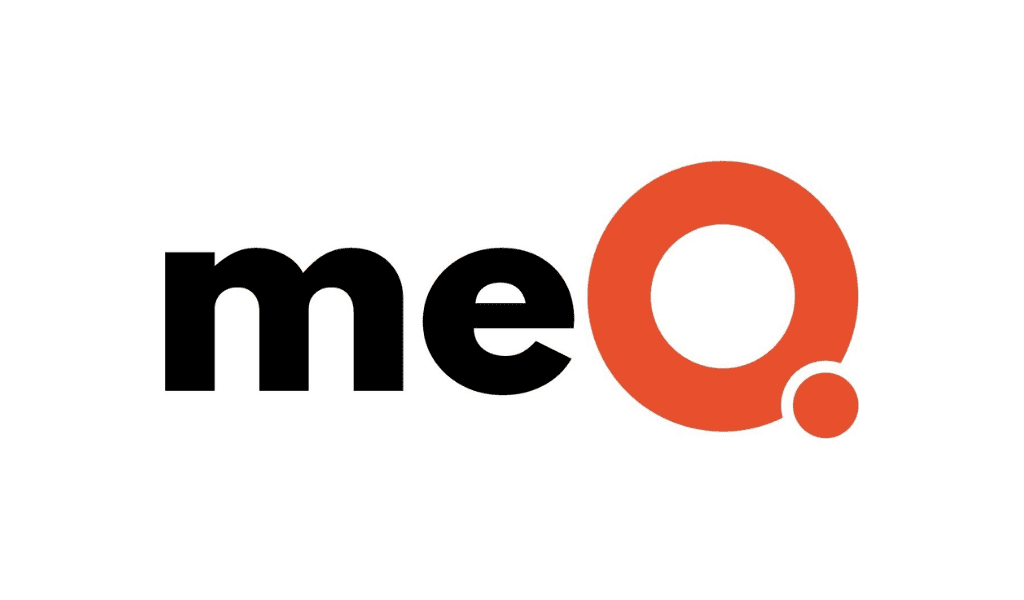New research indicates how companies are planning to adapt their recruitment and return-to-work policies post-COVID-19.
By Larry Basinait
To better understand how companies are managing their workforce in the wake of the worldwide pandemic, HRO Today is conducting a series of pulse surveys. The HRO Today Coronavirus Knowledge Portal addresses how businesses and HR leaders are handling the outbreak. Because the office environment will continue to be severely impacted going forward, this brief report examines how HR will function in the new normal.
The study asked respondents their status regarding plans for returning employees to work. By Memorial Day weekend, every U.S. state will have begun lifting measures enacted weeks ago to curb the spread of coronavirus. Businesses are faced with formulating their own plans to return employees to the office. For more than one-half (51 percent) of employers participating in the study, strategy discussions about returning to work are well underway, although about one-quarter have either not started to make a strategy yet or are still in preliminary discussions (see Figure 1).
The remaining quarter (25 percent) have either finalized plans or have finalized and sent communications out to employees about the company’s return-to-work strategy.
Study respondents were also asked how a mix of 11 different recruiting channels will change post-COVID-19. The use of four of methods is expected to increase, with phone communications seeing the greatest anticipated increase as 37 percent respondents plan to go “old school”. Outside of LinkedIn, social media will also increase for 34 percent, while company website usage will increase by 29 percent. LinkedIn will also be used by more than one-quarter (27 percent) of employers.
Decreased usage of some channels is even more pronounced than the increases in other areas. Not surprisingly, these channels all involve face-to-face interaction. Use of in-person interviews will decrease for over three-quarters (76 percent) of employers, while in-person job fair usage will decline by nearly as much, 73 percent. Students approaching graduation or looking for an internship will find it more difficult to get exposure to recruiters, as 61 percent of employees anticipate on-campus recruiting will be less frequently used.
Usage in the recruiting channel mix for four other areas -employee referrals, Indeed, job boards, and outsourced recruiting -is anticipated to largely remain unchanged.
Return-to-Work Time Frame
Respondents were asked to estimate the percentage of their workforce that will return to the office in the foreseeable future. On average, just over one-quarter (26.1 percent) of the workforce will be back in the office within the next month (see Figure 2). The period of one to two months will see a modest increase of 3 percent to 29 percent of employees back in the workplace. The real increase comes in the two to three-month time period, where 42.6 percent will be back in the office, followed by an increase 20 percent more in the three to six-month time frame, with nearly two-thirds (62.7 percent) back in the office.
The survey found that 71.8 percent will be back in six months or more, and the remaining percentage is likely due to employers not knowing when all employees will return, or exactly what percent will remain working at home. According to findings from the prior wave of HRO Today Pulse Survey Research on the impact of COVID-19 on the workforce, 28.8 percent of the workforce will be remote, an increase of nearly three times the amount prior to the pandemic.
Editor’s note: During the period of May 7- May 19, 2020, a survey link was emailed to a sample of the HRO Today network, and links were posted on the HRO Today website and Twitter. A total of 77 surveys were completed. Because of the small sample size, these results should be considered as directional.
















